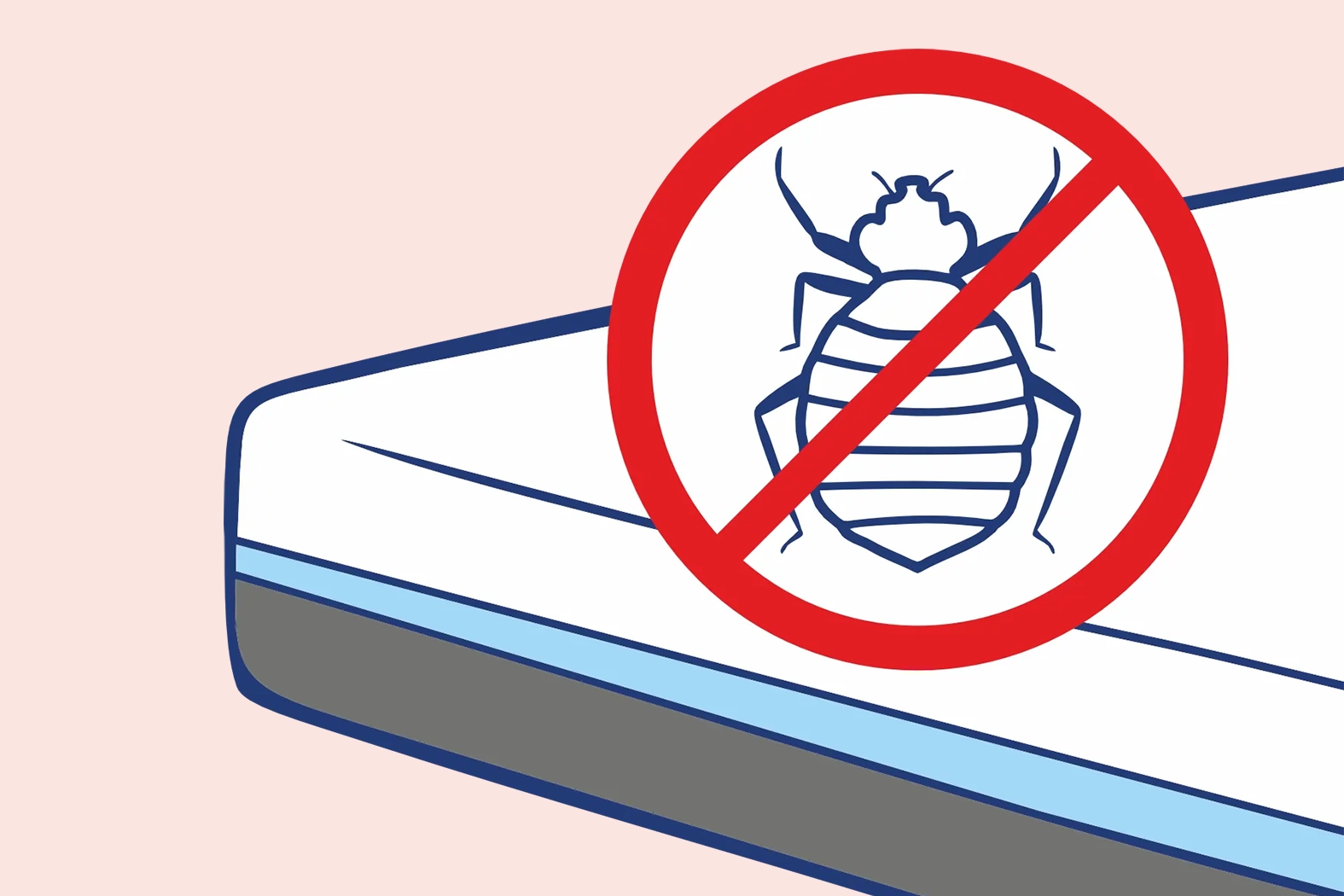To provide services at the highest level, we use cookies. Using the website requires you to choose settings related to their storage on your device. If you want to know what each type of cookie is used for, click the Details button below.
How to find a bed bug resistant mattress?15 października 2024 |

To effectively protect your bed and mattress from bed bugs, it?s a good idea to invest in synthetic materials. Regular vacuuming of the bed and its surroundings can also help. It?s also wise to keep the mattress away from walls and avoid direct contact between the bedding and the floor, which can make it harder for insects to access the bed.
The most important thing when you notice bed bugs in your bedroom is to act quickly. You need to take steps to prevent the bed bugs from spreading. It?s advisable to sleep in clothing that covers as much of the body as possible, and to protect the mattress and pillows. Temporarily moving to another room may also be a good idea, allowing you to use chemical treatments to eliminate the insects.
The best protection against bed bugs is prevention, which includes avoiding mattresses with natural fillings. It's also important to regularly clean the bedroom, especially hard-to-reach places where insects might hide. There are also insecticidal agents that can effectively help get rid of bed bugs. However, caution should always be exercised when using them.
Yes, bed bugs can nest in a mattress, especially if it's filled with buckwheat, coconut, horsehair, or other porous materials. However, it's more common to find booklice, also known as psocids, in natural mattresses. Bed bugs are more likely to hide in the crevices of the bed, behind wallpaper, or in bedding.
The most effective way to remove bed bugs from a mattress is by using appropriate insecticides or hiring a professional pest control company. You can also consider steam cleaning, which kills the insects by applying high temperatures.